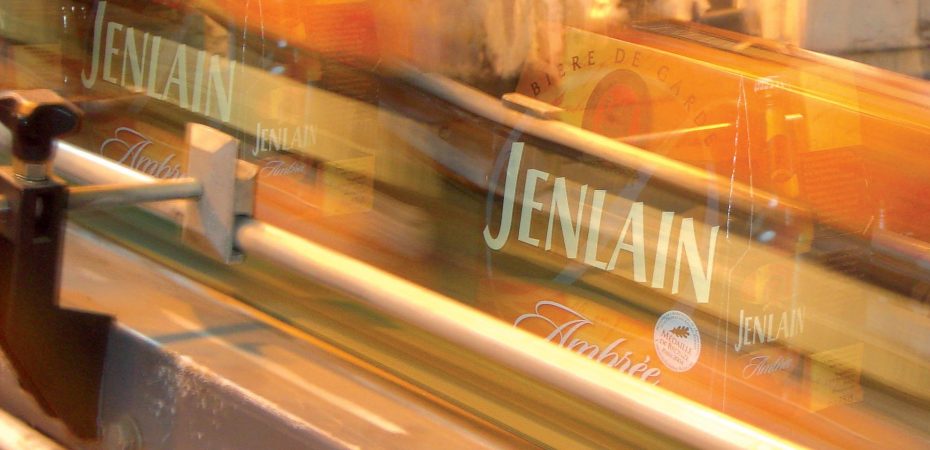Even though the French make a lot of noise about their wine, it’s Jean Barleycorn and beer that wears the culottes in the northern part of the country.
From the Channel coast to its eastern border with southern Wallonia and the southernmost tip of the Ardennes, this is beer country, known for the Biére de Garde style as typified by the likes of La Choulette Blonde and Duyck’s Jenlain.
Yet, trying to pin down the meaning of Bière de Garde is like having to sculpt Rodin’s Thinker with blancmange. The definition is wobbly. The beers of Northern France, because of their proximity to Belgium, have their fair share of spicy blancs (known as witbiers over the border), citrusy tripel look-alikes and even fruit beers (La Choulette’s Framboise is a splendid example).
There are also big and beefy ambrées with spicy, earthy hoppy notes, as well as pale ales. All also romp home between 6% and 8.5%, so they’re not for the fainthearted, and are ideal partners for the local robust cuisine.
I’m sitting in a bar in the centre of Jenlain, near Valenciennes, a small village that is the home to Brasserie Duyck (pronounced dweek). Back in the 1970s, it was the beers of this medium-sized family brewery that kicked off the whole Bière de Garde revival.
Just as French brewing seemed about to go all coldfermenting and lagery, students in Lille made a cult out of this warm-fermented amber-coloured ale that was served in a corked Champagne bottle.
“It was my father’s idea,” says brewery boss Raymond Duyck, “and was the beginning of a lift in sales.”
Back in the chatty street corner bar, there are locals playing cards, a couple of kids doing their homework and a formidable patron at the taps. I ask for a Jenlain.
Laughter explodes from Madame as she points to the selection of fonts. Do I go for a Jenlain Ambrée, Blonde, Noël or St Druon, all of them produced by the brewery a few houses away?
The 7.5% Ambrée has what is considered to be the classic Bière de Garde profile. It is, er, amber in colour, has an aromatic and earthy nose, thanks to the yeast and malts used. On the palate it is spicy, herbal and smooth with an earthy, almost cellar-like undercurrent, before its bighearted, malt-accented finish.
Another, monsieur? The Biere de Noël (6.8%) is the brewery’s Christmas beer, a regular event for most breweries in this part of the world. Dark chestnut in colour, this is a souped-up ambrée with an orangey, Cointreau palate. If I was Santa I would ask for a noggin of this to be left out on Christmas Eve, instead of the usual sherry.
If Duyck is one of the better-known brewers in the area, then the Brasserie Bailleux is one of the best kept secrets. Located in the idyllic hamlet of Gussignies, a few kilometres east of Jenlain, it is a small microbrewery attached to the restaurant that Roger Bailleux opened in the 1970s. The brewery followed in 1989.
The excellent food and brilliant beers have drawn beerhunters from across the world, most of them attracted by the gorgeously sunny blonde bombshell Cuvée des Jonquilles (7%).
“We started it off as a spring beer,” says Bailleux, “and called it after the daffodils which cover the area in the spring. It became so popular that people wanted it all year round.”
Article continues in Beers of the World Magazine Issue 5

